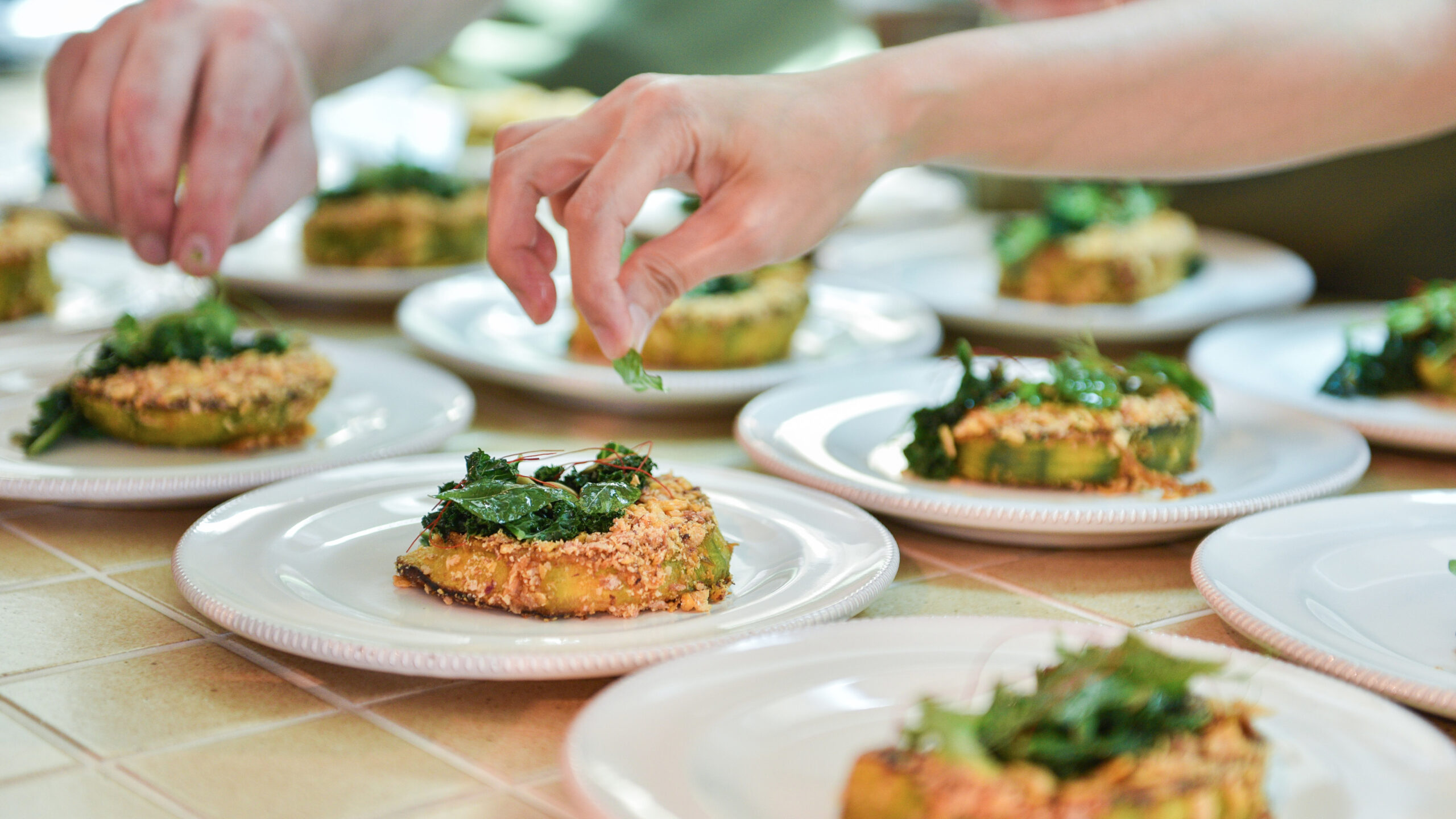7 Mins Read
Solar Foods unveiled the first tasting of Solein, the company’s protein made from thin air. Is it a marketing gimmick or the future of food?
Proteins made from thin air? At first, I couldn’t wrap my head around it. The idea of protein created out of thin air sounded like a clever marketing ploy, and I was hooked, but more than a little sceptical so when Green Queen’s editor-in-chief Sonalie Figueiras asked me to join what was described as a historic first tasting of Solein, a protein made from air, on their behalf and write about the experience, I was game.
Before attending the tasting, I made a conscious decision not to Google the company behind it – Solar Foods. I wanted my experience to be guided purely by my initial impressions and free of any preconceived notions.
When I think about alternative proteins, my mind immediately goes to those attempting to mimic meat for plant-based or low-carbon diets. So, naturally, my first question to the Solar Foods team was, ‘What type of meat are you imitating and what can I expect in terms of texture?’ I must admit, their kind-but-slightly-taken-aback stares made me realise that I had completely missed the mark. Solein, as it turns out, isn’t trying to recreate meat at all. I was embarrassed by my own ignorance.
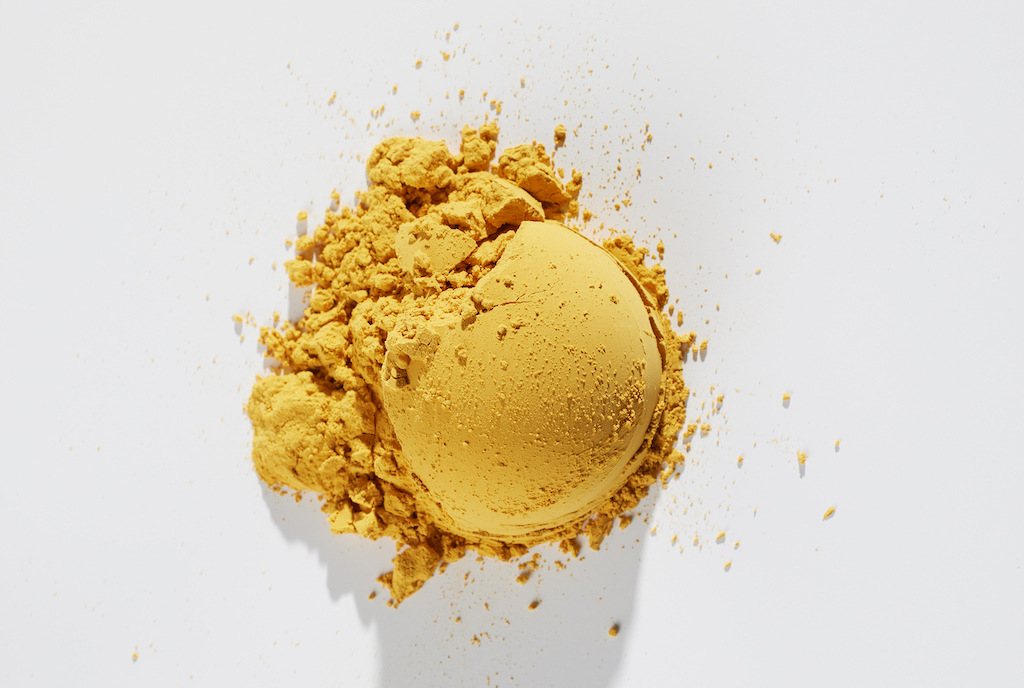
So, what exactly is Solein? Let’s get to the “from thin air” part. The first thing that caught my eye was how it looked, a golden powder, elegantly resting on the table, reminiscent of the enchanted rose in “Beauty and the Beast.”
What I was looking at is the product of a non-photosynthetic microbe that has undergone fermentation, much like the process of making kombucha or beer. Here’s where it gets interesting: they use electricity from renewable sources to split water from the air into hydrogen and oxygen. Then, they feed these microbes “tiny bubbles of CO2 and nutrients, like nitrogen, calcium, phosphorus, and potassium.” These microbes grow in liquid form and are eventually transformed into an orange-coloured dry powder known as Solein. Shilei Zhang, Solar’s Chief Commercial Officer, likened it to making protein with a SodaStream machine.
Nutritionally, Solein’s composition is 65-70% protein, 5-8% fat, 10-15% dietary fibres and 3-5% mineral nutrients. The company says its macronutrient profile is similar to dried soy or algae and adds that Solein offers both iron and B vitamins, both crucial nutrients that are often sourced from animal ingredients.
No doubt, Solein has much to recommend it, but the real question still remains: how does it taste? Not too bad, actually. We were given the opportunity to try the powder on its own. Picture putting a scoop of flour in your mouth, but instead of the usual blandness, you’re greeted with subtle hints of buttery, nutty flavours.
Then I tried Solein in various forms in a multi-course tasting menu. The event was held at the newly-opened Fico, a restaurant owned by the Singaporean hospitality player The Lo & Behold Group. The dishes were prepared by Oliver Truesdale Jutras, a Chef and future food thought leader, and Michelin-starred Chef Mirko Febbrile.
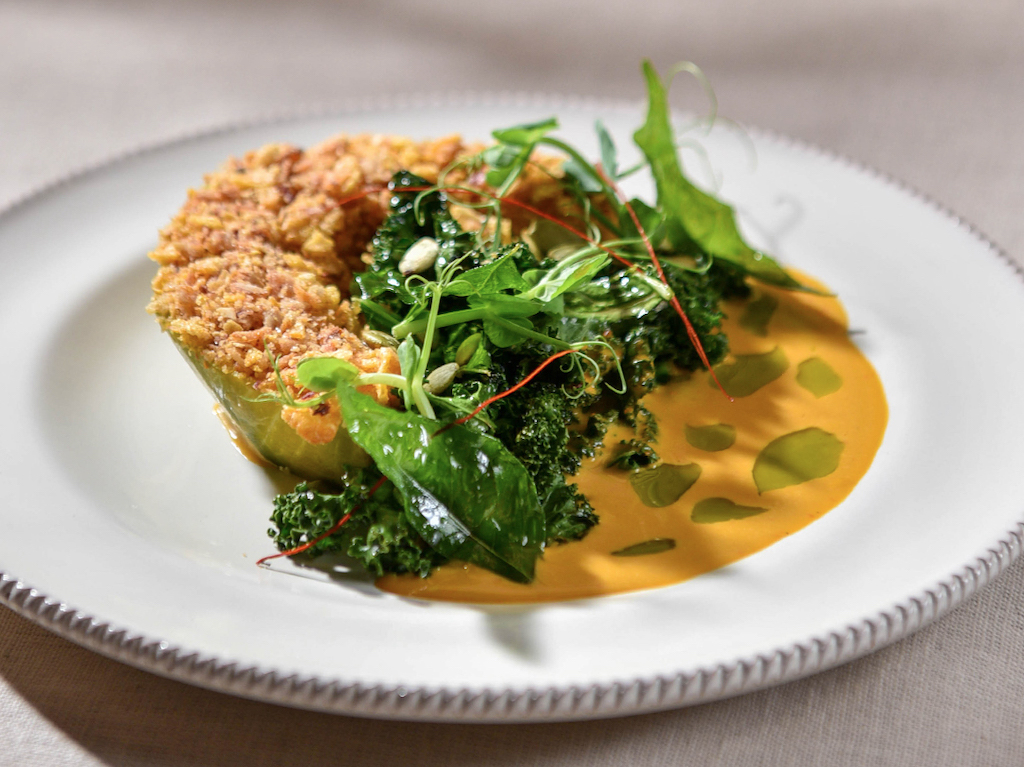
Challenged to use Solein powder, Chefs Oliver and Mirko crafted an entirely vegan meal, the first of which was the Kansai-style Ozoni Misolein Soup.
The chefs chose to open the meal with the Ozoni soup, which the Japanese traditionally eat in the morning on New Year’s Day, a fitting symbol for the dawn of the future of food, a slogan that featured prominently at the event. The lightly orange soup was salty and had an umami taste. Given that the protein itself has savoury notes, it was unclear if the umami taste came from other aspects of the soup or from Solein. Nonetheless, it was tasty and I finished every drop.
This was followed by Solein Pasta With Singapore Pesto. As we watched the kitchen staff whip up the pasta right in front of us, Chef Mirko explained how Solein serves as a raw ingredient that can be used in its liquid form or manipulated with oils and liquids to achieve textures to mimic proteins such as egg yolk, creating pasta with that perfect stringy texture. I can attest to this, as I actually played with the pasta on the countertop (which we did not eat of course). The pasta dish was tangy yet incredibly savoury, with my tablemates sharing that they tasted hints of laksa leaves.
Our third course was a delightful Smoked Pumpkin With Solein Salted Egg Sauce. The creamy flavour of the Solein salted egg sauce was enhanced with the touch of spice from what tasted like curry leaves, complementing its original buttery essence. The slab of pumpkin was almost like a steak, and cutting each piece with a knife and fork while dipping it in the sauce presented a hearty and filling meal. Its tender texture made me realise that with this as a dish, I don’t think I’d miss eating meat at all. I can only imagine what chilli padi would do to this flavour profile.
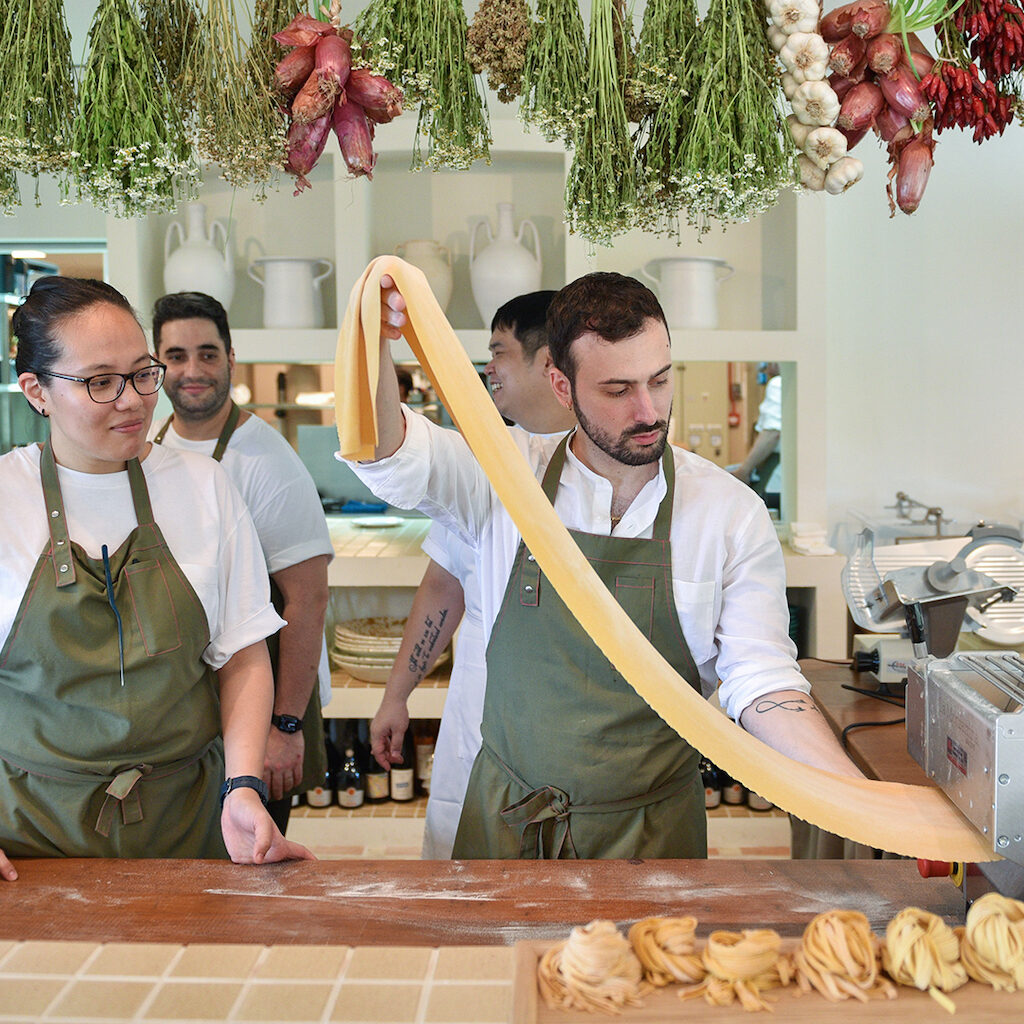
It was unfortunate that I had to give the next two dishes a miss, but what I am extremely curious about was how the subtle Solein taste can come through with food items that aren’t so heavy in taste (unlike the sauces in the previous dishes) such as bean curd and ice cream.
Given its powder format, Solein bypasses the textural and flavour challenges faced by popular alternative protein brands such as Impossible Foods, Omni, and Beyond Meat. Its versatility allows it to seamlessly blend with different flavours, making it virtually indistinguishable on its own.
Now that Solein had passed the flavour test, my environmentalist brain kicked into gear. How sustainable is this solar-powered powder?
Most people in the alternative protein space are working to find ways to produce protein and animal protein replacements that come without the significant environmental, health and animal welfare cost.
Any form of food production, even ones that use a fraction of the land and water of animal agriculture like cultivated meat, still requires electricity. And today, most electricity is sourced from fossil fuels, which we need to quit if we are to fight the consequences of the climate crisis.
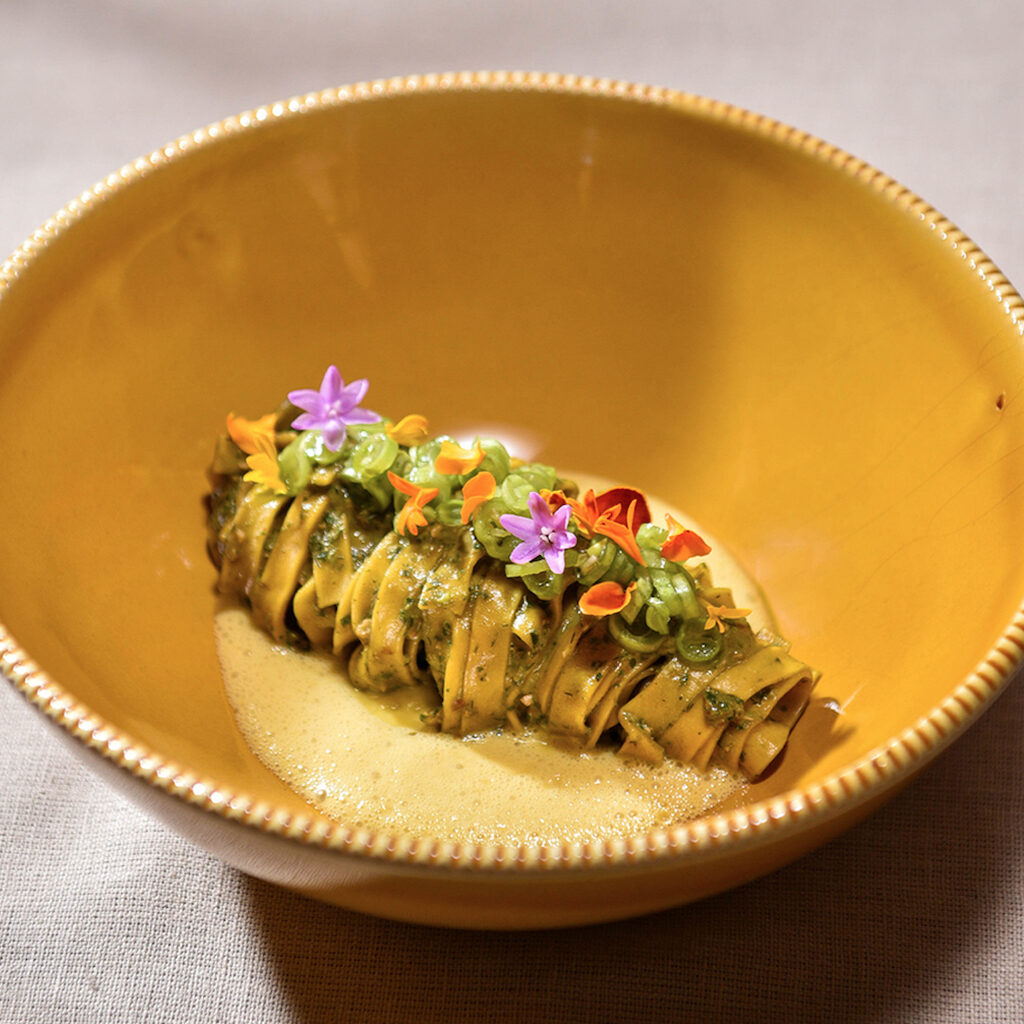
Life cycle assessments have shown that the environmental footprint of microbial protein production is heavily influenced by electricity consumption. Microbial protein production has the potential to be lower in greenhouse gas emissions impact if low-emission energy sources are used. This is where Solein shines bright—it’s powered by the sun (hence the company and product’s name).
The company describes Solein as “the world’s most sustainable protein” and says it “holds the most potential of any new food to revolutionise food production.”
Founded in Finland in 2017 by a group of academics and researchers as a spinoff from VTT Technical Research Centre of Finland and LUT University, Solar Foods’ raison d’etre is to “liberate global protein production from the constraints of traditional agriculture. The company says it is building its first commercial production facility and anticipates that it will start to produce Solein in 2024.
Solar Foods first received novel food regulatory approval in Singapore in September 2022, one of the reasons the company chose the Lion City for its first taste unveiling. The company’s CEO Pasi Vainikka compared its product to the discovery of the potato in South America; “We are introducing an entirely new ingredient to the world of food…it’s a watershed moment for how we think of what we eat.”
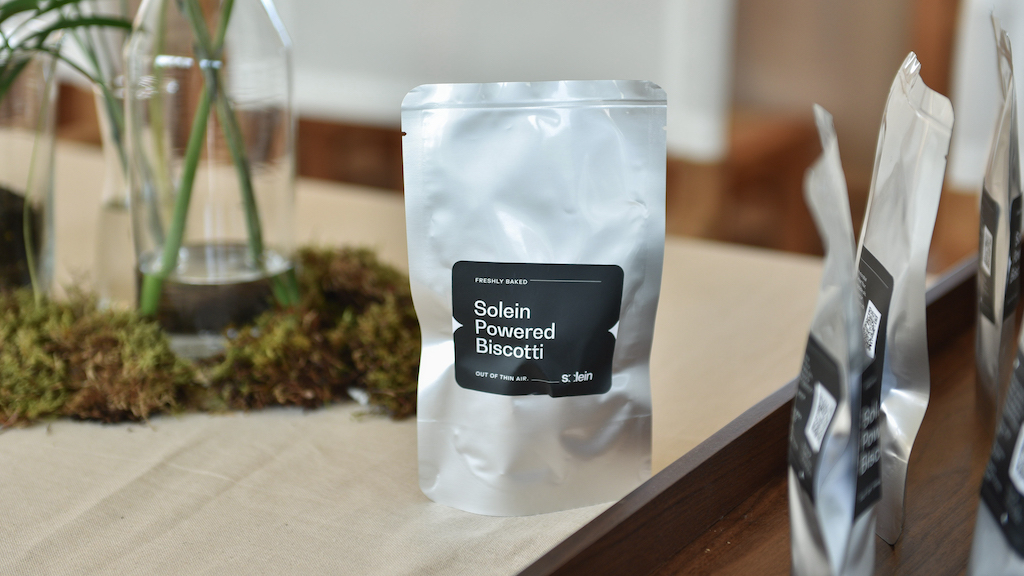
As I enjoyed the delicious dishes. I did wonder: is alternative protein only reserved for the elite taste buds? Both chefs shared that innovative creations like these often find their way onto the plates of fine dining establishments. However, for widespread adoption, proteins like Solein must reach the masses. The chefs said that this is what inspired them to incorporate familiar and well-loved Singaporean ingredients into their creations, making them accessible to the everyday consumer.
Can Solein truly be the alternative protein for everyone? While I may not rush to buy it off the shelf, I genuinely believe that Solein has the potential to become a popular and useful everyday ingredient. It subtly enhances meals with little fanfare, and I would love to see it utilised in hawker centres and various F&B establishments. However, this will require scaling up production, which involves significant capital expenditure.
This may be the first time an alternative protein technology has genuinely excited me. I feel incredibly honoured to be among the first few people in the world to taste Solein. Congratulations on the launch, and welcome to Singapore!


